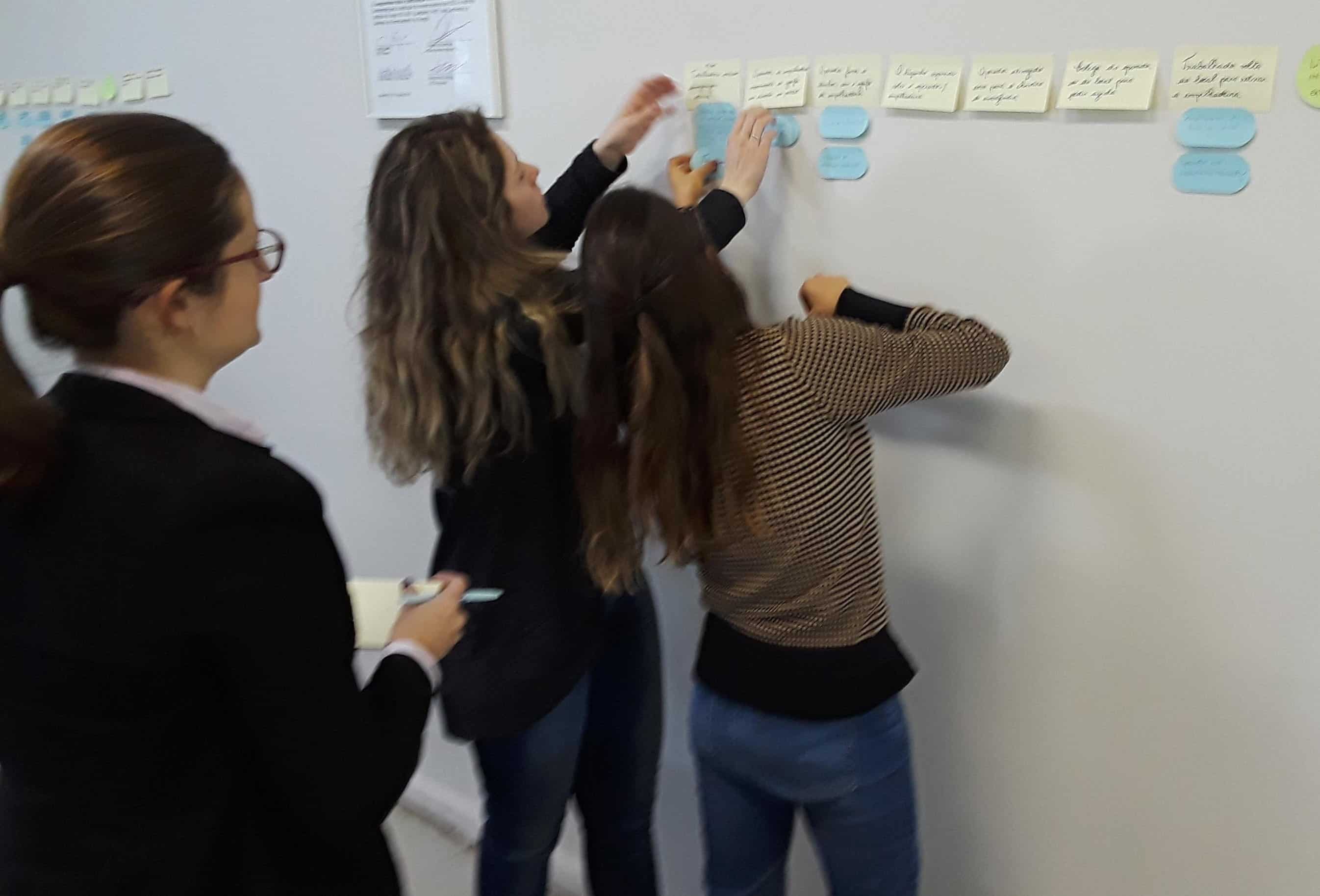AI in Safety Investigations: A Tool, Not a Shortcut

Recently, I read an article from our partner, Wolters Kluwer Enablon, titled “Prepare your workforce for AI in safety”. It discussed the growing role of artificial intelligence in safety programs and the need to thoughtfully prepare teams for this new technology.
It made me realize that while AI holds incredible potential for safety investigations like speeding up data collection, spotting patterns, and improving decision-making, it also comes with risks if we aren’t careful.
If used improperly, AI could lead to:
- shallow investigations.
- minimizing human factors issues.
- missed root causes.
- biased conclusions.
In industries where safety is non-negotiable, using AI responsibly during investigations isn’t optional; it’s essential. Here’s how we can make sure AI enhances, rather than undermines, the integrity of our workplace investigations.
1. Use AI to Assist, Not to Replace Your Judgment
AI can sift through data quickly: analyzing trends, sorting documents, and flagging inconsistencies. But it cannot, and should not, replace your trained judgment.
Investigators must still:
- interpret evidence within the human context.
- probe and guide during investigative interviews.
- apply professional skepticism when AI outputs seem too simplistic or certain.
AI should be a second set of eyes, not the primary brain of the investigation.
2. Validate AI Outputs with Human Cross-Checks
AI is only as good as its data, and that data often contains blind spots.
Always:
- double-check summaries produced by AI.
- look for missing context or subtle human factors that an algorithm could miss.
- encourage manual review of critical evidence points before conclusions are drawn.
Treat AI insights as leads, not final answers.
3. Protect Confidentiality and Chain of Custody
When using AI platforms, especially cloud-based ones:
- ensure data privacy: sensitive photos, witness statements, or incident logs must be encrypted and protected.
- preserve evidence integrity: keep original versions of digital evidence untouched; document any AI-enhanced copies separately.
- know your vendor: make sure any AI service you use complies with data security standards.
A careless AI upload could inadvertently breach confidentiality rules or damage the chain of custody, both fatal mistakes for an investigation.
4. Watch for Hidden Bias
AI models may replicate dataset biases. Safety investigations must uncover what happened, why it happened, and how to prevent it from happening again. AI can help, but only when investigators use it as a tool to enhance their work, not replace it.
AI may:
- overemphasize procedural failures while underplaying human factors. (For example, if an investigation blames a “failure to follow procedure” without looking deeper, it could miss the very real human factors like pressure, perception, usability issues, culture, that drove the behavior.)
- suggest “likely causes” based on skewed historical patterns.
Investigators must stay alert to the risk of algorithmic bias and actively challenge AI-generated assumptions.
AI is a Tool, Not a Shortcut
The future of investigation will likely involve more and more technology. Let’s make sure that the future is built on careful thinking, ethical practice, and uncompromised integrity.

Why TapRooT® Training Matters More Than Ever
As AI tools become more common in safety investigations, the need for strong, structured investigation process has never been more urgent. Technology can assist but it’s your process, judgment, and critical thinking that ensure investigations are thorough, unbiased, and credible.
That’s why now is the perfect time to invest in a TapRooT® Root Cause Analysis (RCA) course. TapRooT® doesn’t only teach you how to find root causes; it trains you to gather evidence properly, ask the right questions, and avoid the shortcuts and biases that AI can introduce.
If you want to lead investigations that truly uncover what happened and prevent future incidents, TapRooT® RCA is the gold standard for building the skills you’ll need in today’s technology-driven safety world.
Are you using AI Technology in your investigations? Share your experience.



